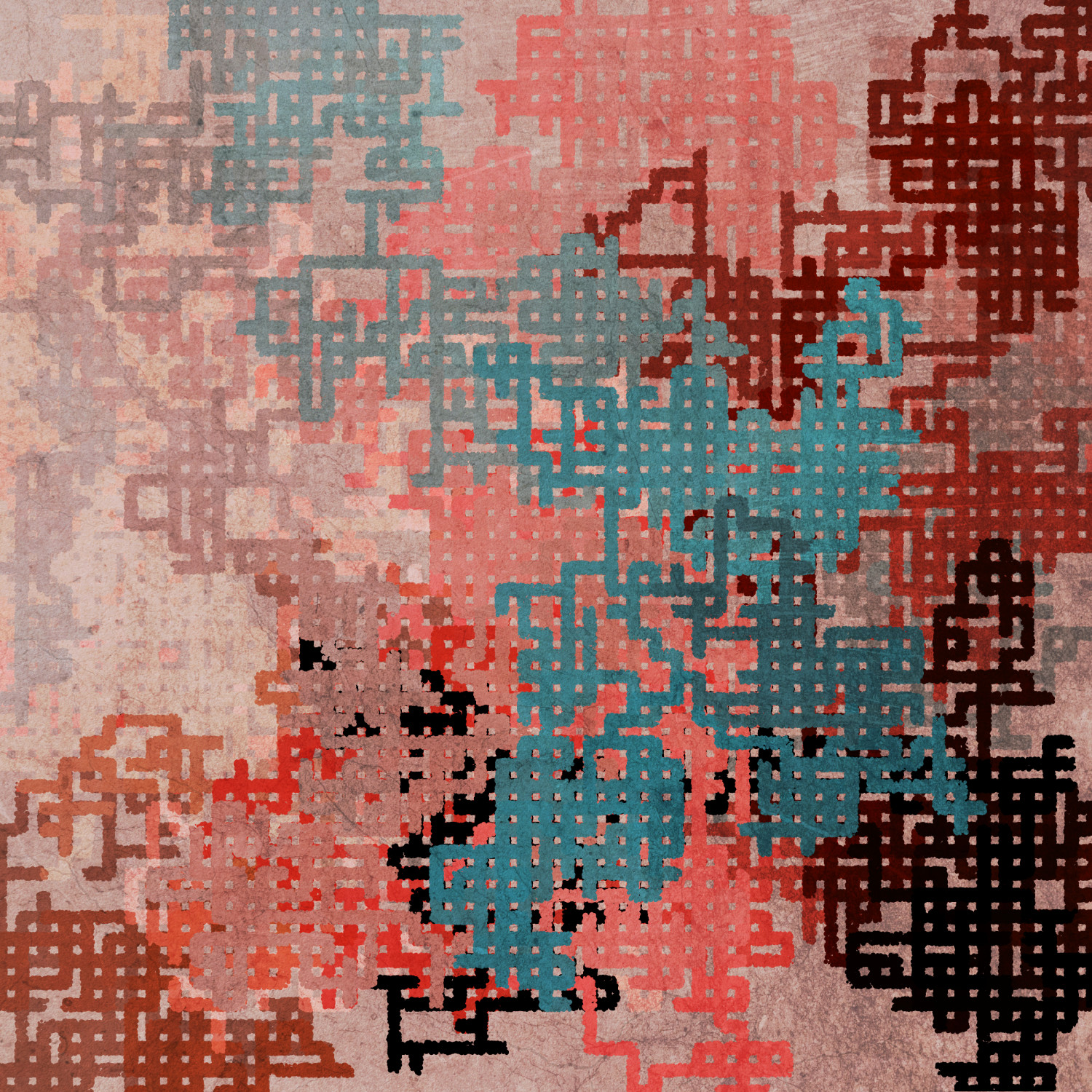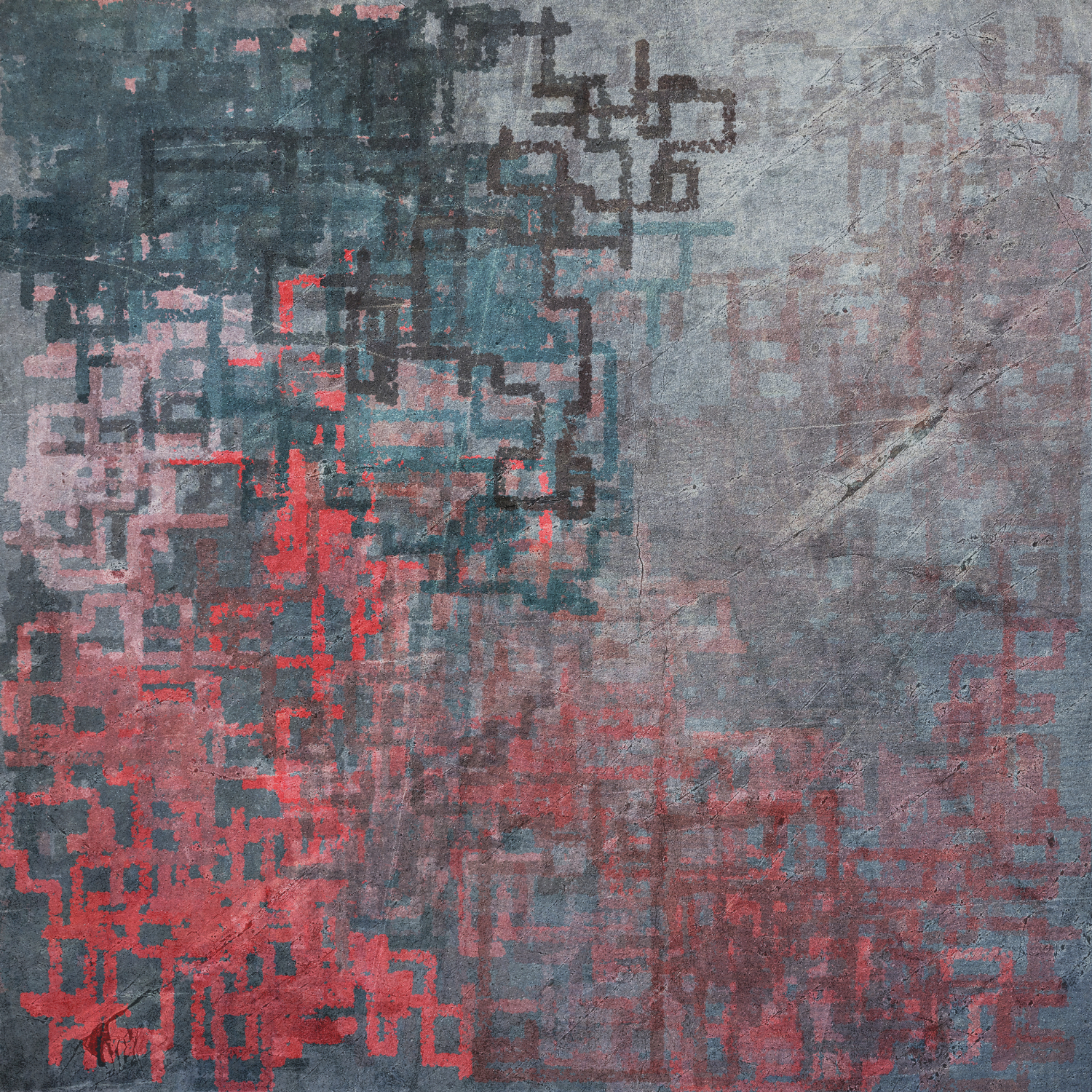Prints 1.4
Welcome to Prints volume 1, issue 4.
Table of contents: Reading • Watching • Making • Links • Thoughts
Reading
Recent nonfiction reads
- Dealers of Lightning. A great history of the glory days of Xerox PARC. Very much up my alley, the kind of book that makes me itch to do original barebones computing research. PARC having to build their own computer first before they could start on their research was wild. I didn’t know Alan Kay’s wife wrote the screenplay for the original Tron. Or that people thought for a time that the stegosaurus had two brains.
- The Dawn of Everything. Amazing book about social organizations in prehistory and social inequality and more. All meat, no fluff, too. The schismogenesis idea is convincing. I somehow hadn’t heard of Nostratic before, or of skull portraits (creepy!), or a lot of other things in here. I especially liked the Mesoamerica parts (which I hadn’t realized were covered).
- A Collection of Sacred Hymns, selected by Emma Smith. Read as part of proofing. Some of the textual changes between this text and our current hymnbook were interesting, like “the Lord will come” instead of “the Lord has come” in “Joy to the World.” Also, there are a handful of hymns that really haven’t aged well.
Recent fiction reads
- Kazuo Ishiguro’s Klara and the Sun. Ishiguro’s writing works well for my brain. That said, of his books that I’ve read so far, I think this was probably my least favorite, but I’m still looking forward to reading the rest of his works.
Books acquired since last issue
- Nikoles — Rachel Neumeier
- Tarashana — Rachel Neumeier
- Keraunani — Rachel Neumeier
- The White Ship: Conquest, Anarchy and the Wrecking of Henry I’s Dream — Charles Spencer
- The Haunting of Tram Car 015 — P. Djèlí Clark
- The Black God’s Drums — P. Djèlí Clark
- A Master of Djinn — P. Djèlí Clark
- The Splendid and the Vile: A Saga of Churchill, Family, and Defiance During the Blitz — Erik Larson
- Practicing History: Selected Essays — Barbara W. Tuchman
- The Unconquered: In Search of the Amazon’s Last Uncontacted Tribes — Scott Wallace
- Parting the Waters: America in the King Years 1954–63 — Taylor Branch
- Life’s Edge: The Search for What It Means to Be Alive — Carl Zimmer
- Black Sun — Rebecca Roanhorse
- Crime and Punishment (Pevear & Volokhonsky translation) — Fyodor Dostoyevsky
- Over the Edge of the World: Magellan’s Terrifying Circumnavigation of the Globe — Laurence Bergreen
- Invisible Planets: Contemporary Chinese Science Fiction in Translation — Ken Liu
- The Wizard Hunters — Martha Wells
- The 1619 Project: A New Origin Story — Nikole Hannah-Jones et al.
- The Fallen Stones: Chasing Butterflies, Discovering Mayan Secrets, and Looking for Hope Along the Way — Diana Marcum
- North to Paradise: A Memoir — Ousman Umar
- Tuxedo Park: A Wall Street Tycoon and the Secret Palace of Science That Changed the Course of World War II — Jennet Conant
- Kingdom of Characters: The Language Revolution That Made China Modern — Jing Tsu
- How the Word Is Passed: A Reckoning with the History of Slavery Across America — Clint Smith
- Notes on a Nervous Planet — Matt Haig
- Wilson — A. Scott Berg
- Fuzz: When Nature Breaks the Law — Mary Roach
- Tecumseh and the Prophet: The Shawnee Brothers Who Defied a Nation — Peter Cozzens
- It Was All a Lie: How the Republican Party Became Donald Trump — Stuart Stevens
- Rage — Bob Woodward
- Midnight in Washington: How We Almost Lost Our Democracy and Still Could — Adam B. Schiff
- Wheelock’s Latin, 7th Edition — Frederic M. Wheelock and Richard A. LaFleur
- Rejiggering the Thingamajig: and Other Stories — Eric James Stone
- Stretching the Heavens: The Life of Eugene England and the Crisis of Modern Mormonism — Terryl L. Givens
- Fugitive Telemetry — Martha Wells
- Sourdough — Robin Sloan
- The End of the Myth: From the Frontier to the Border Wall in the Mind of America — Greg Grandin
- Fantasy Worldbuilding Workbook — M.D. Presley
- The Internal Enemy: Slavery and War in Virginia, 1772–1832 — Alan Taylor
In case you were wondering: I have a dedicated allowance specifically so that I do not blithely empty our family bank account buying books. (My idea.)
Wordhoard
- ruche
- tettix
- anadromous
- corvée
- peonage
- fracasado
- cocles
- impercussus
- nanus
- gelasinus
- gausapatus
- Nilotic
- amphictyony
- tumuli
- metropole
Watching
Mostly BYU volleyball. Some Olympics. The Assembled episode on the making of Hawkeye. And Tenet. (Mind-bending as expected.)
Making
It’s been a lot of survival mode the past couple weeks, but somehow I still managed to get a few things finished.
Releases
A Collection of Sacred Hymns. The first hymnbook of The Church of Jesus Christ of Latter-day Saints, compiled by Emma Smith. Available in EPUB. I got this ready for Project Gutenberg five or so years ago but never did anything with it till now. Nice to finally get it out the door.
I somehow got back into art mode last week and finished a handful of new pieces:


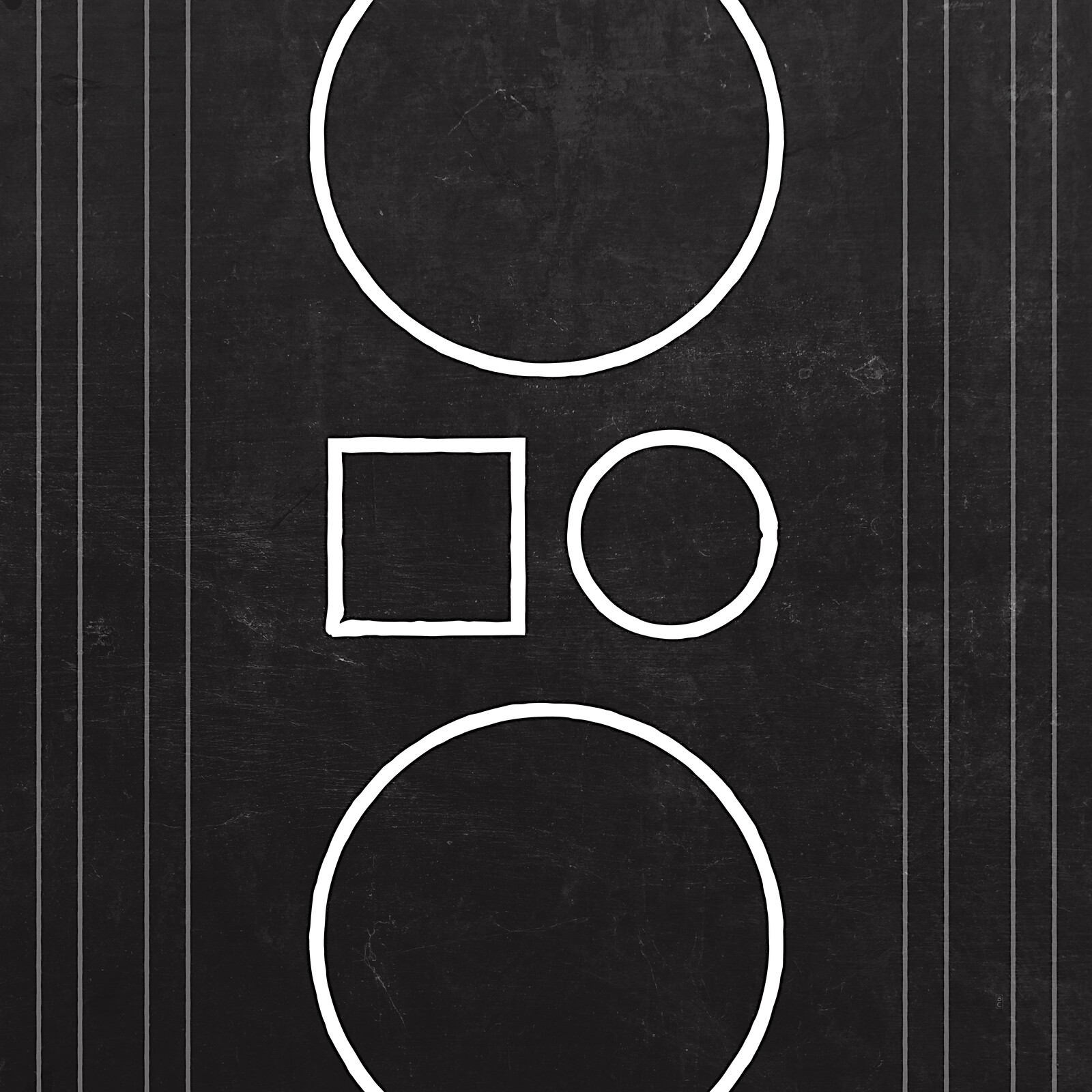
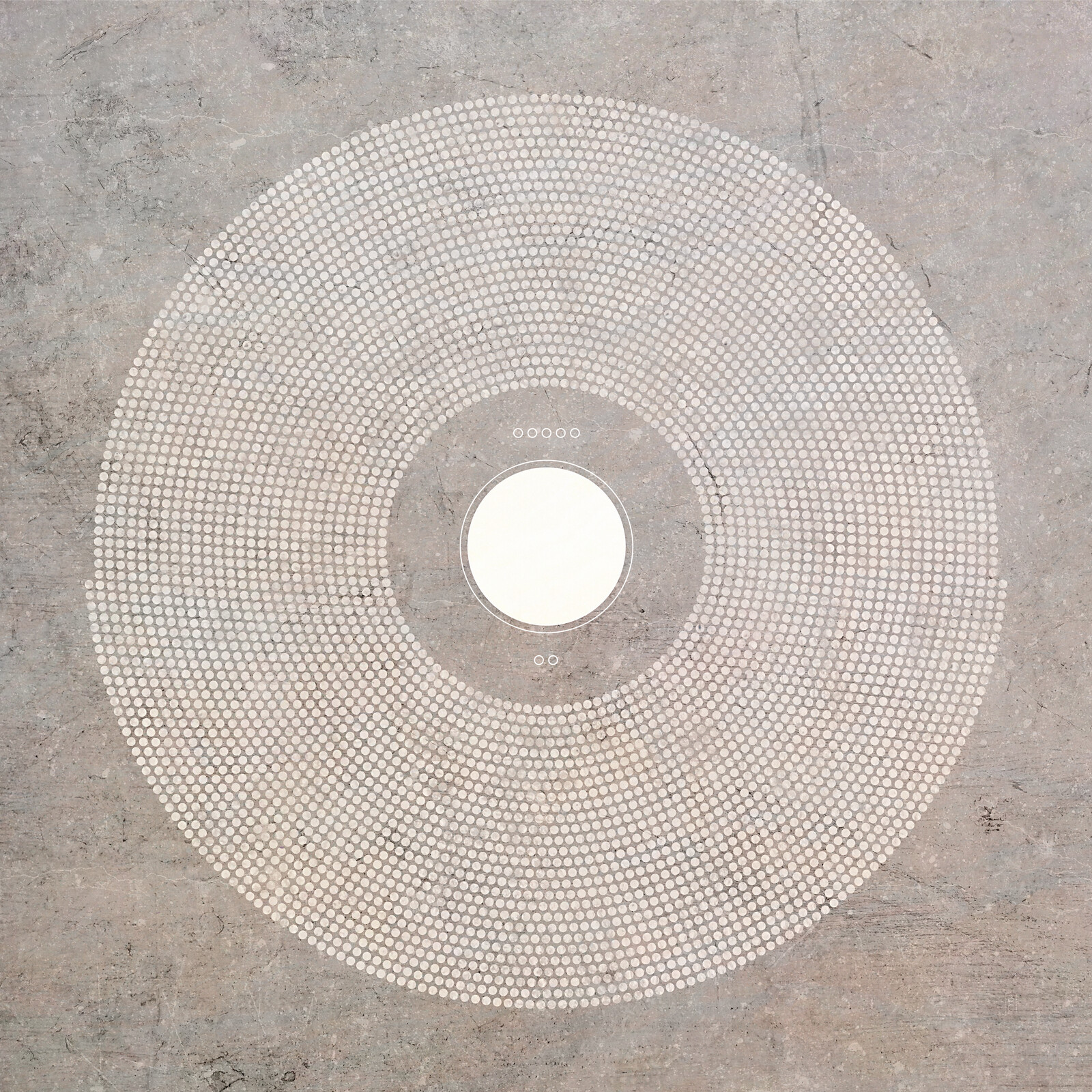
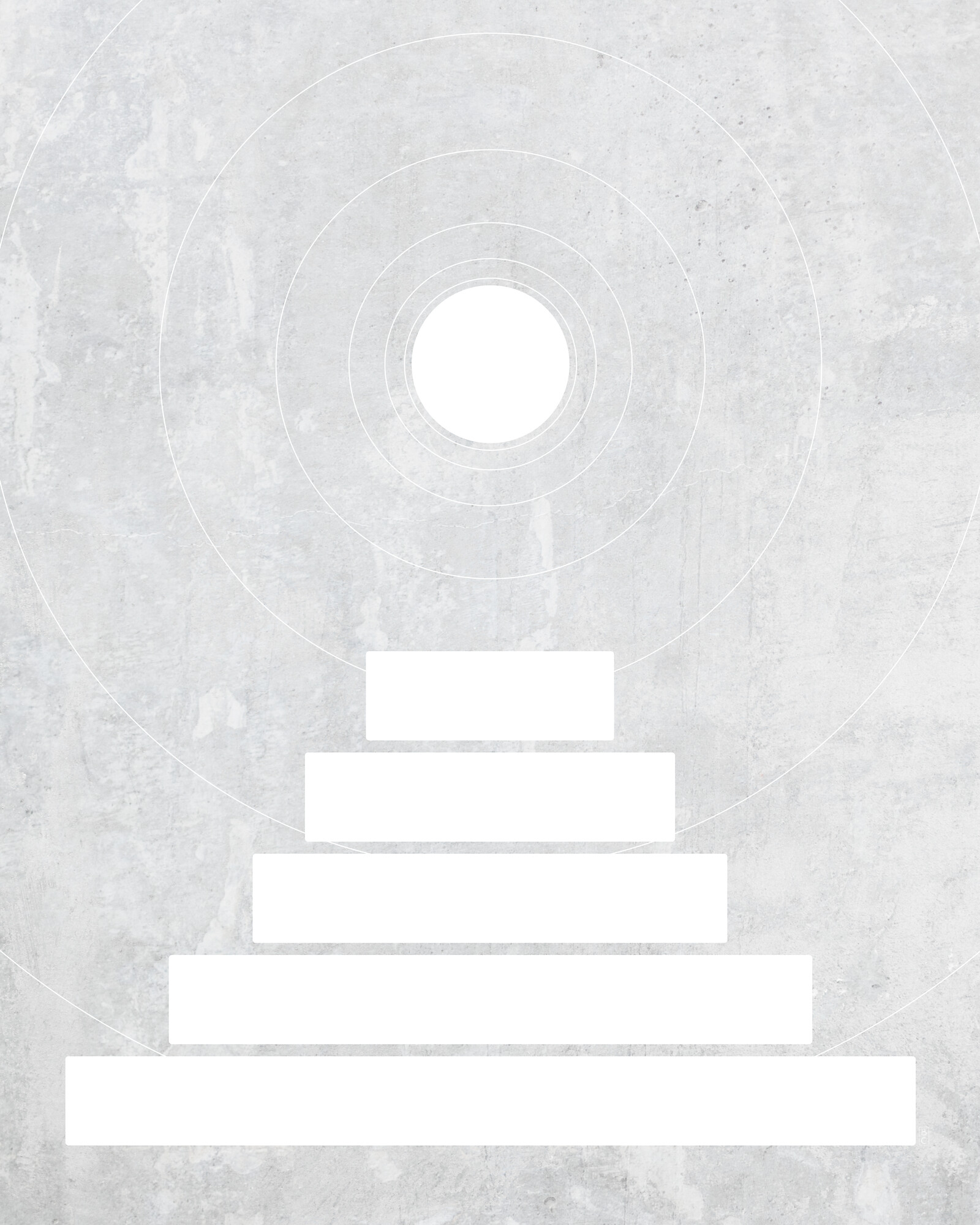

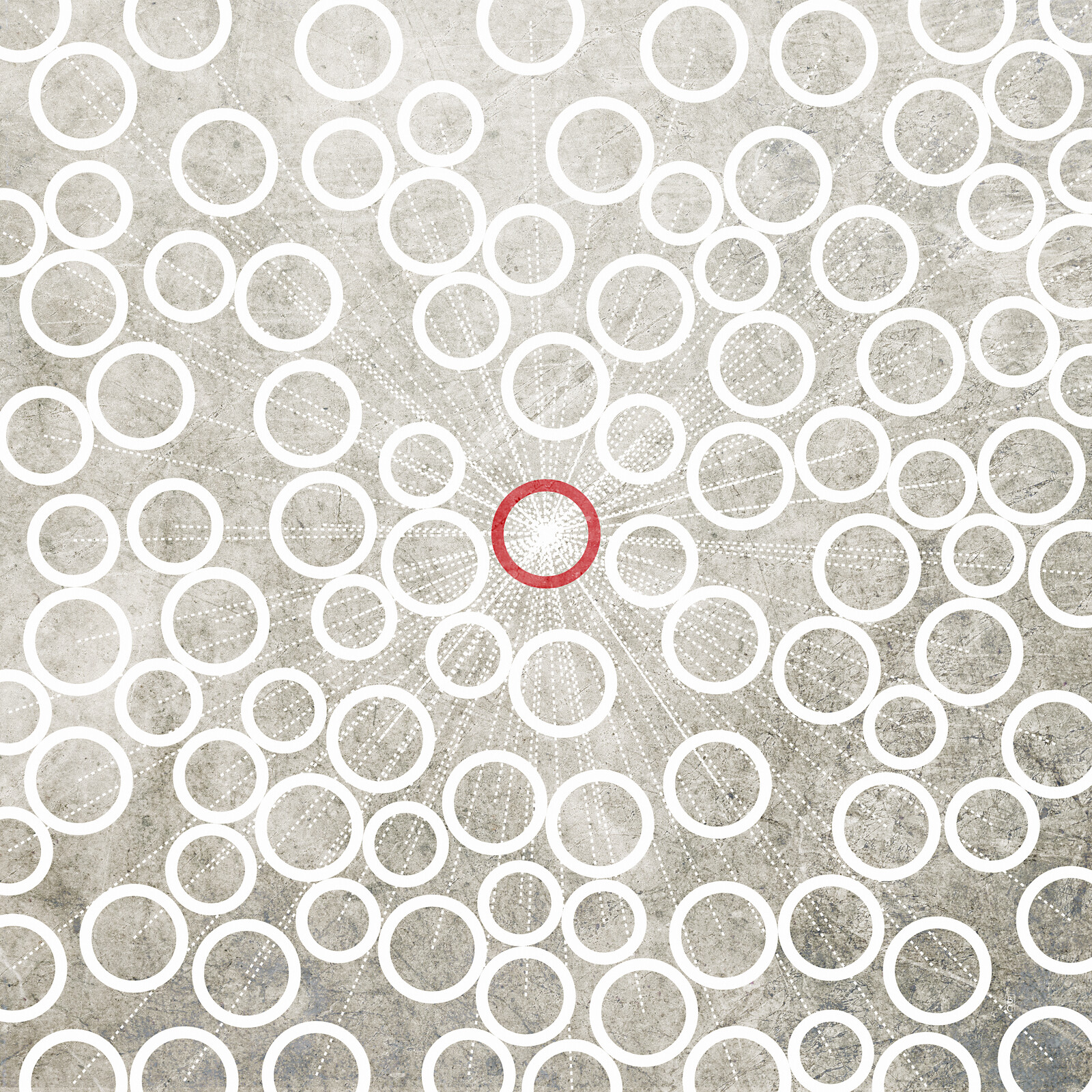



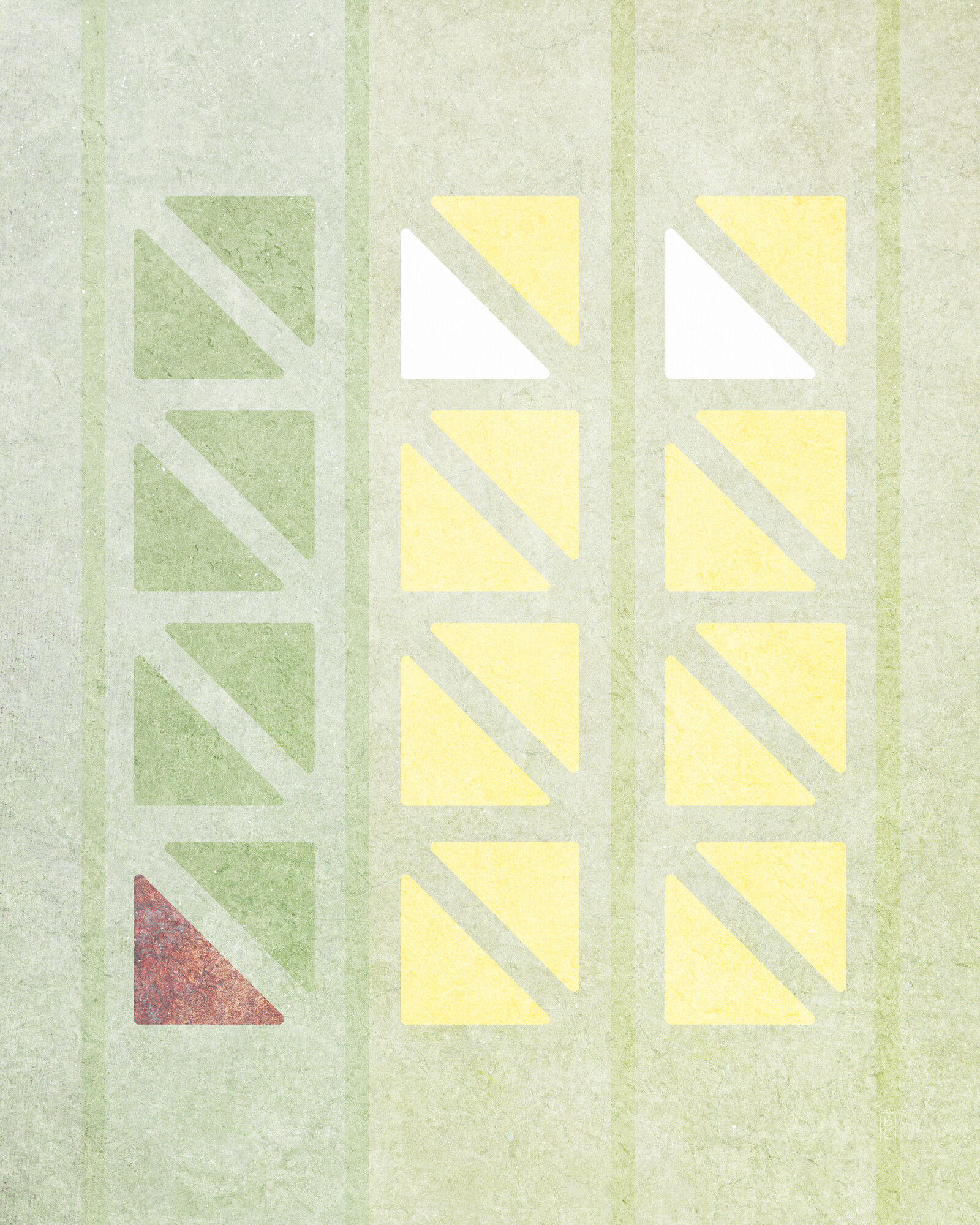
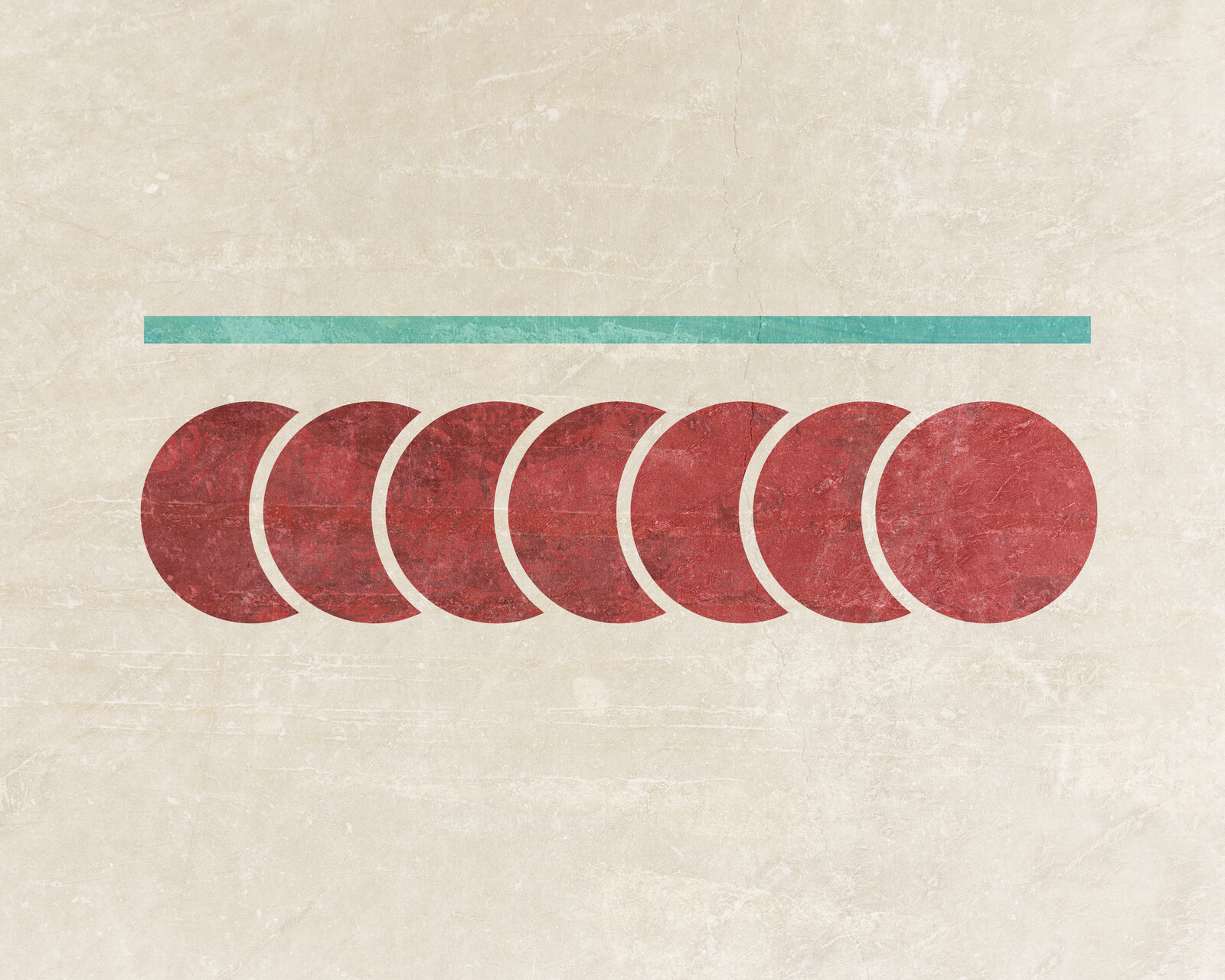
Current projects
Salviana (working title): I’ve fallen off the wagon on this, other than deciding to revise the outline yet again (to make the story shorter; it was more novella-length before). I also keep running into existential crises about writing fiction, which isn’t helping at all. Hoping to conquer that.
Retzi (working title): Figured out the central concept. Mostly on hold while I figure out the Salviana story, though.
Religious art: I’ve got several more ideas I’m working on.
Pack: A new Python library for circle packing that I can use for these art pieces. (I’ve been modifying Cirque for each piece that needed the circles, but I want something more sustainable and ergonomic.) More to come once I’ve gotten into it more.
Marks: On hold for now.
Bend: On hold for now.
Hinterlight: On hold for now.
Journal PDFs: On hold for now.
Morte d’Arthur: Decided to do this as an EPUB after all. There’ll be some lightweight editing to do but I think overall it should be a pretty quick project. (I’ll be trusting the source edition, which means I don’t plan to check each word against a printed edition to guard against typos. I feel a little bad about doing that, but proofing books in other languages is so, so much slower. I’ll still do a quick skim through the book to look for obvious errors, though.) Planning to write a script to download the source text, split it into chapter files, and do whatever global transformations need to happen. (I used to do that mostly by hand in Vim, but on the hymnbook project I found that writing a Python script is not only more mentally interesting but also much better on my wrists as far as RSI goes. Automate all the things.)
Green Fairy Book: On hold until I finish Morte.
Links
Marcin Wichary on bug fixes in Figma. In reading this, I realized I probably like fixing bugs even more than writing new code.
Lauren Budorick on implementing shadow spread in Figma. Nice deep dive.
Clive Thompson’s weird old book finder. I’ve wanted something like this ever since reading his piece on rewilding your attention. Clive also wrote about why he built it.
Baldur Bjarnason on keeping up with web development. Good advice.
Artificial tear glands in a dish that can cry. Now hook that up to some realtime sentiment analysis of Twitter trends or something.
The making of the new LOTR series title. Much as I love CG, these analog effects make me happy. (At least until I think about how much it costs and how many people don’t have enough to eat or clean water to drink.)
Kori Michele’s infinity zine. Cool idea.
Chemists can now turn carbon dioxide into a solid. I know this isn’t what they actually did, but I’m just imagining someone breathing out and a black lump of carbon dropping to the ground, over and over again.
Wood you can fold and mold. A potentially more sustainable alternative to plastic.
CadQuery, a Python alternative to OpenSCAD.
Words better known by men than by women and vice versa. Also, a similar table for the US vs. the UK.
Thoughts
My kids and wife have been sick this week. Thankfully tested negative for Covid but — atrocious surname pun incoming — positive for corvid. One of the kids also got a minor concussion, which was scary, but luckily they’re doing okay now.
Found out this week that I’m actually a staff engineer, one level higher than I thought I was. Ha. (I knew the level number I was at and thought it was on our new career ladder, but it was on the old one.) Shortly thereafter I got slammed by a wall of impostor syndrome. Whenever that happens, by the way, I find that studying my craft almost always helps. So I’ve been reading the React source code. Nice to see that it’s all just code, and code I can understand, too.
Bought Warbler Text and Fern Text from David Jonathan Ross’s Font of the Month Club. Mmm. A few months ago I bought FF Clifford, Whitman, Sirba, and Aluminia (Electra), and I’m realizing now that I haven’t yet done anything with them. Time to fix that! Also, I’ve been thinking about typesetting a Jane Austen novel using Fanwood Text. I don’t think I can overstate how much I love text typefaces.
Recently learned that I can set a keyboard shortcut in macOS to toggle the menubar. I usually leave it hidden, but I often check the time and this makes things a little easier.
Ran across this chilling quote on the Wikipedia page for scurvy:
During the Age of Sail, it was assumed that 50 percent of the sailors would die of scurvy on a major trip.
And these stats later on the page, from Jonathan Lamb:
In 1499, Vasco da Gama lost 116 of his crew of 170; in 1520, Magellan lost 208 out of 230; … all mainly to scurvy.
The reason I was reading up on it, by the way, was curiosity about what people in Europe did to avoid scurvy in the winter, when fruits weren’t as available. The answer:
Apart from ocean travel, even in Europe, until the late Middle Ages, scurvy was common in late winter, when few green vegetables, fruits and root vegetables were available. This gradually improved with the introduction from the Americas of potatoes; by 1800, scurvy was virtually unheard of in Scotland, where it had previously been endemic.
Finally, unrelated to scurvy, a quote from The Dawn of Everything which has stuck with me:
One of the things that sets us apart from non-human animals is that animals produce only and exactly what they need; humans invariably produce more. We are creatures of excess.

